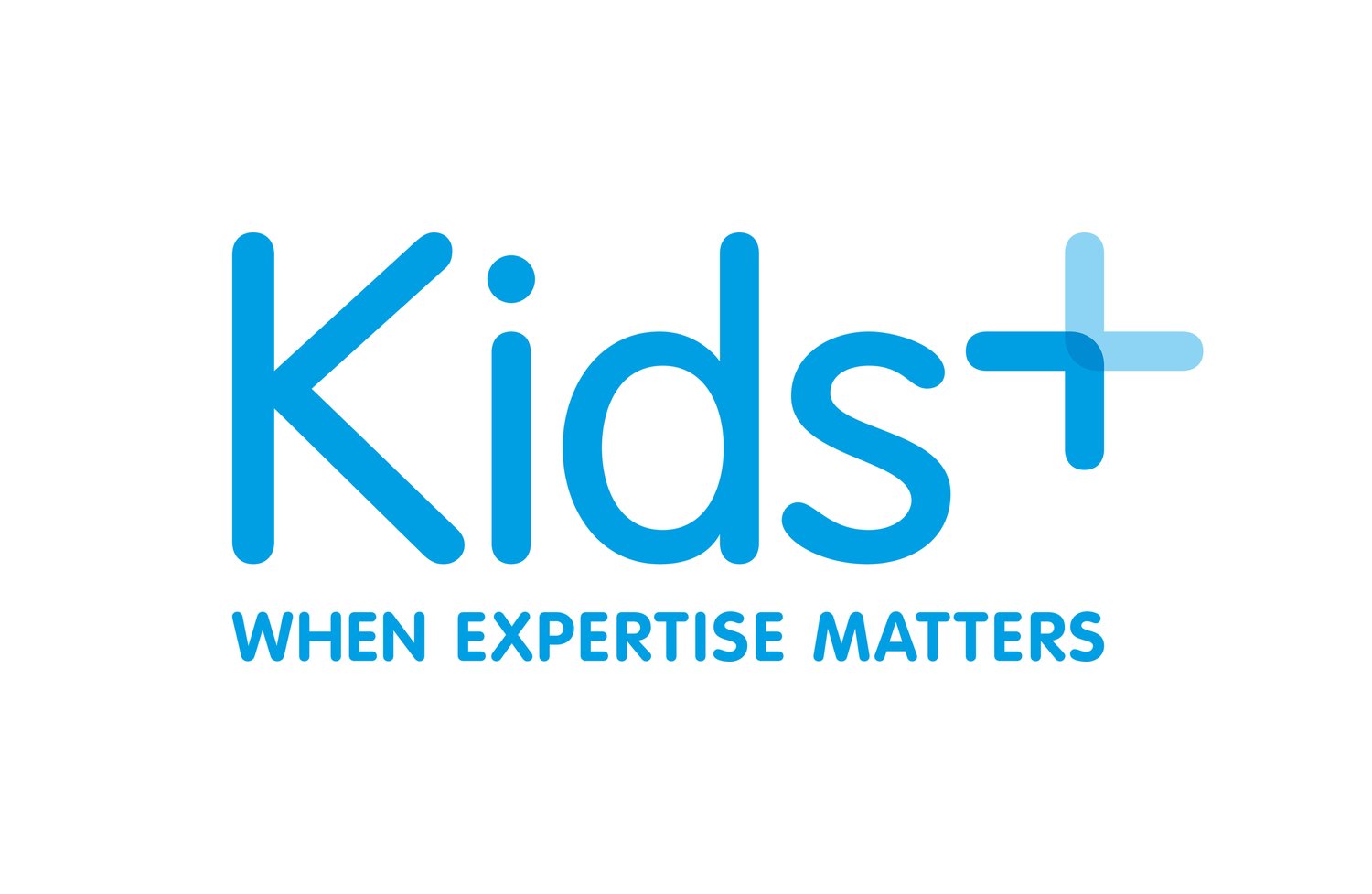Different types of AAC
by Noah Callan | AAC and Technology Coordinator - Kids Plus Augmentative and Alternative Communication is also known as AAC. AAC offers different types of formats for its users whether that is in the form of a communication book, touch screen, pointer device, switches for scanning or even eye gaze. Access to such platforms can make a huge difference to a person who has difficulty speaking or is completely nonverbal.Often one of the first introductions to AAC is PODD. PODD stands for Pragmatic Organisation Dynamic Display. It is designed to be the first level of symbol-based communication and helps young kids to build meaningful sentences such as ‘I love you’ to their parents. It comes in a picture format with the word under it. When a user gets more comfortable with the words and the layout of the gridset, it may be time to extend vocabulary and topics to allow the user to show more of their personality.AAC also has text to speech format for people who would rather write their message on a keyboard. This may be a quicker way to respond and allows the user more control in what words they’re going to use without looking for a particular word in the PODD format.The evolution of AAC has impacted many lives for the better, it allows people who have trouble speaking or are nonverbal to navigate a better and more meaningful life and contribute their ideas in various settings.The future of AAC looks bright, especially in developing new ways to use it. For example, the NeuroNode. This tool allows the user to switch with their forehead or even their arm with the slightest movement of a muscle. This technology works with eye gaze by highlighting the item and using the NeuroNode to select it. This is life changing technology for someone who has limited or no motor control.
